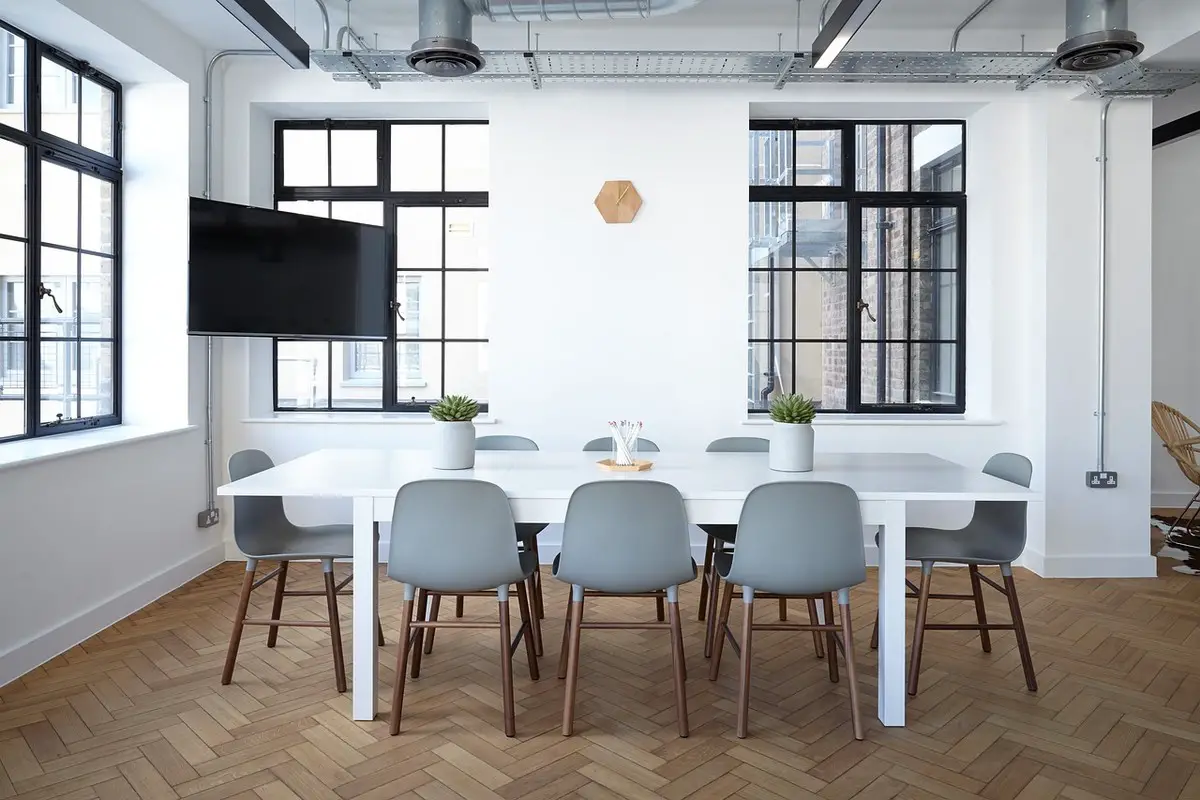Rethinking the cubicle, A paradigm shift in office design, Building work space design, Commercial property
Rethinking the Cubicle: A Paradigm Shift in Office Design
21 February 2024
In the vast landscape of modern offices, the cubicle has long been a staple feature. Often associated with drab walls, fluorescent lighting, and a sense of isolation, the traditional cubicle layout has faced criticism for stifling creativity and collaboration. However, as workplaces evolve and prioritize employee well-being and productivity, there’s a growing realization that the cubicle office of yesteryears is ripe for reinvention.
A Paradigm Shift in Office Design
Gone are the days when cubicles were synonymous with soul-crushing work environments. Today, forward-thinking companies are reimagining the cubicle as a versatile space that balances privacy with openness, fostering both focus and teamwork. This shift reflects a deeper understanding of the diverse needs of employees and the importance of creating environments that support their varied tasks and preferences.
One of the most significant changes driving the evolution of cubicle design is the recognition of the importance of employee well-being. Traditional cubicles, with their high walls and limited natural light, often contributed to feelings of isolation and claustrophobia. In contrast, modern cubicles prioritize features such as ergonomic furniture, adjustable desks, and ample access to natural light. These elements not only enhance physical comfort but also promote mental health and overall job satisfaction.
Furthermore, the reimagined cubicle acknowledges the value of collaboration and social interaction in the workplace. Instead of isolating employees, modern cubicles are designed to facilitate communication and teamwork. Low walls or glass partitions maintain a sense of privacy while still allowing for easy interaction with colleagues. Additionally, communal areas and shared spaces are integrated into the cubicle layout, providing opportunities for spontaneous meetings and impromptu brainstorming sessions.
Another key aspect of the modern cubicle is its adaptability to different work styles and tasks. Recognizing that employees engage in a variety of activities throughout the day, from focused individual work to collaborative projects, the flexible cubicle offers customizable features that cater to diverse needs. For instance, adjustable desks and modular furniture allow employees to create personalized workstations tailored to their preferences. Quiet zones provide sanctuary for concentration, while designated meeting areas encourage collaboration and idea exchange.
Moreover, technology plays a pivotal role in shaping the modern cubicle office. With the rise of remote work and digital collaboration tools, the physical boundaries of the office have become less restrictive. As a result, cubicles are designed to seamlessly integrate technology, with features such as integrated charging stations, wireless connectivity, and video conferencing capabilities. This integration enables employees to stay connected and productive regardless of their location, whether they’re working from within the office or remotely.
Beyond functionality, the aesthetics of the modern cubicle office are also undergoing a transformation. Instead of sterile, uniform spaces, today’s cubicles embrace creativity and personalization. Employees are encouraged to decorate their workstations with plants, artwork, and other personal touches that reflect their individuality. This not only creates a more vibrant and engaging work environment but also fosters a sense of ownership and pride in one’s workspace.
In addition to enhancing employee satisfaction and productivity, the reimagined cubicle office also offers benefits for employers. By creating environments that support employee well-being and collaboration, companies can attract top talent, improve retention rates, and foster a culture of innovation. Furthermore, the flexibility and adaptability of modern cubicles make them a cost-effective solution for organizations seeking to optimize their office space and accommodate changing needs.
In conclusion, the cubicle office of today is a far cry from its predecessors. No longer confined to uninspiring cubicles, modern workplaces are embracing innovative designs that prioritize employee well-being, collaboration, and flexibility. By reimagining the cubicle as a versatile space that balances privacy with openness, companies can create environments that empower their employees to thrive. As the traditional office continues to evolve, the reimagined cubicle stands as a testament to the power of design to shape the future of work.
Comments on this guide to Rethinking the Cubicle: A Paradigm Shift in Office Design article are welcome.
Workplace and Office
Workspace + Offices Posts
How can you redesign your workplace with HRIS?
Accessible Workplace In Ontario
How to Increase Safety in Your Workplace
Common but avoidable workplace accidents
Commercial Property
Commercial Architecture Design
Comments / photos for the Rethinking the Cubicle: A Paradigm Shift in Office Design page welcome.





